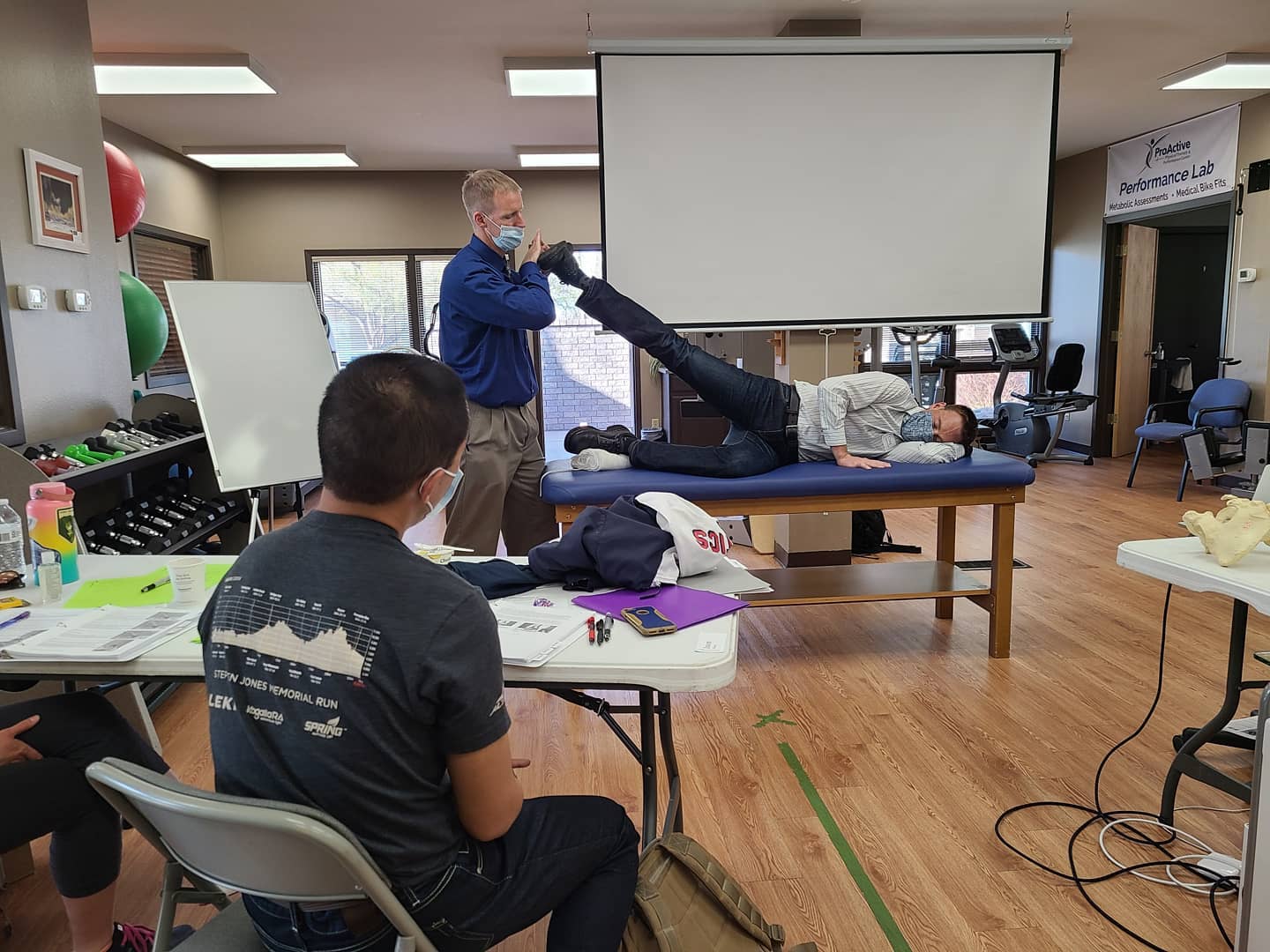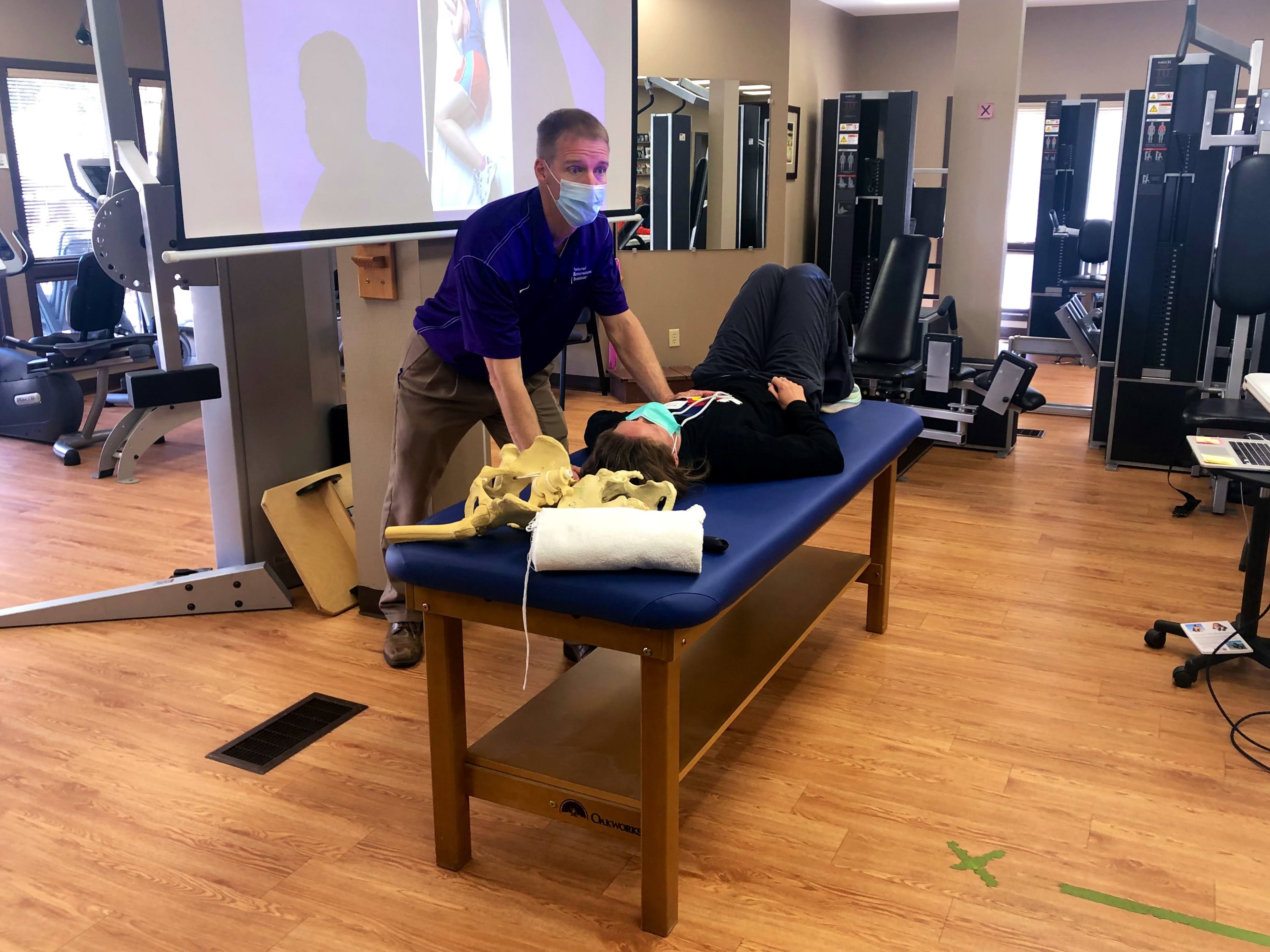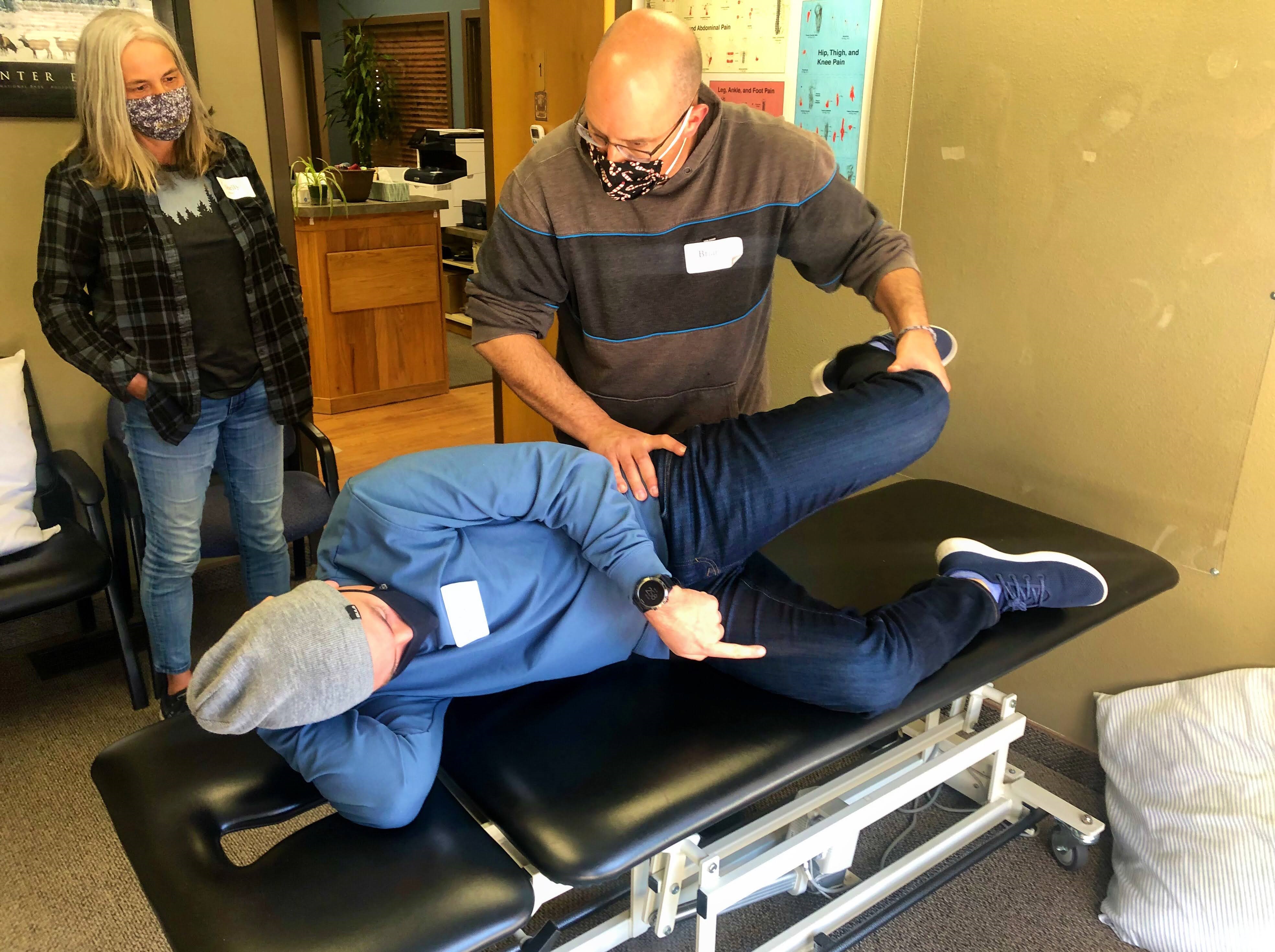Earlier this month, I was in Fort Collins, CO teaching Pelvis Restoration after 14 months out of the faculty circuit. For many reasons that will prove impossible to come close to articulating here, this course in review proved difficult to concisely write. These past two years, objectively, I have lost a lot—a child to disease, a dear co-worker to miscommunication, contact with a dear friend and colleague to culture, contact with another dear friend and colleague to a series of business casualties…to name a few. I mention these losses because I am certain this same window has been uniquely difficult year for most everyone reading this, regardless of where you find yourself. I’m sorry for each of your losses, yet very much hopeful.
Just through that window, I take heart, because I am confident that all of these losses are temporary, and will prove to be blessings, each in their own way, though I may not understand how presently. For certain, goodness was found in Fort Collins! It is also difficult to encapsulate how thankful I am for my good, longtime friend and colleague Craig Depperschmidt, a 2012 PRC graduate and PRI hub in Colorado, to have welcomed me back to Fort Collins with undeserving hospitality. It was tremendous working with newer friends Brian Benjamin, who served tremendously as host site coordinator, as well as Rachel Kroncke, Sara Truelsen, and Ruth Waller-Liddle in the ProActive PT Center family who welcomed PRI and me into their work home fully. Thank you each so much for your warm welcome!



The course was akin to being back on one’s favorite horse—saddle and content were true and just as they should be. Many thanks to Matthew McLaughlin for great discussion during the course and during break times. Thank you to Jason Huang, Ryan LaFountaine, Jessica Robinson, Cristi Cuellar and multiple others for your help with demonstration during lab sessions as we explored the many facets of this primary course about a pelvic inlet and outlet. Many interactions during both lecture and lab about clinical application hopefully proved beneficial to experienced veteran course participants and to the six-pack of those new to the science of PRI. This instructor enjoyed the respectful and vigorous participation from the class as we discussed optimizing neuromechanical position and triplanar control of hemipelvic inlets and outlets in order to allow alternating integrated function of synchronized ipsilateral pelvic and thoracic diaphraghms. Thank you all from ProActive PT and PRI who made this course possible once again, it really was and is good to be back!


